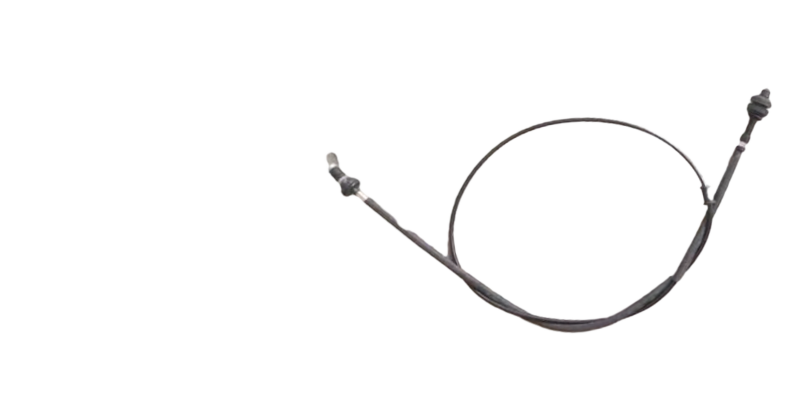Understanding the Function and Importance of Automatic Shift Cable in Vehicles
Understanding Automatic Shift Cables and Their Importance in Vehicle Performance
Automatic shift cables play a crucial role in the functioning of modern vehicles. These components are essential for the smooth and precise operation of automatic transmissions, contributing significantly to the overall performance and driving experience. This article will explore what automatic shift cables are, how they work, their importance in vehicle maintenance, and common issues associated with them.
What Are Automatic Shift Cables?
Automatic shift cables are flexible, wire-like components that connect the gear shifter inside the vehicle to the transmission. When a driver shifts the gear lever, the shift cable transmits this motion to the transmission, allowing the vehicle to change gears. The operation of these cables is critical for automatic transmission systems, which rely on a series of hydraulic and electronic components to function smoothly.
How Do Automatic Shift Cables Work?
The operation of automatic shift cables is fairly straightforward. When the driver moves the gear shifter, it pulls or pushes the cable, which then moves a lever on the transmission. This movement is transferred to the internal mechanisms of the transmission, enabling the vehicle to shift between different gears. This process must be quick and accurate; even a slight delay or misalignment can lead to performance issues, such as rough shifting or transmission slippage.
Why Are Automatic Shift Cables Important?
1. Vehicle Performance The efficiency and responsiveness of gear shifts are heavily reliant on the condition of the shift cables. Worn or damaged cables may lead to imprecise shifting, which can affect the vehicle's acceleration and fuel efficiency. Smooth gear transitions improve the driving experience and enhance engine performance.
automatic shift cable

2. Safety A malfunctioning shift cable can pose serious safety risks. If the vehicle cannot shift gears properly, it may lead to situations where the driver cannot accelerate, decelerate or control the vehicle effectively. This can be particularly dangerous in emergency situations where quick maneuvering is necessary.
3. Maintenance and Longevity Regular inspection and maintenance of shift cables can prolong the life of both the cables and the transmission. Routine checks can help identify wear and tear early on, preventing costly repairs down the line and ensuring that the vehicle remains in top working condition.
Common Issues with Automatic Shift Cables
Over time, automatic shift cables can suffer from a variety of issues, including
- Wear and Tear Continuous use can lead to the degradation of the cable materials, causing fraying or snapping. - Corrosion Exposure to moisture can cause the cables to rust, leading to stiffness and failure in operation. - Misalignment If the cable becomes misaligned, it can hinder proper gear shifting and result in performance issues.
Conclusion
Automatic shift cables are integral to the functionality and safety of automatic vehicles. Understanding their role and recognizing the signs of potential issues can help drivers maintain their vehicles effectively. Regular checks and timely maintenance can prevent common problems, ensuring a smooth driving experience and extending the lifespan of the vehicle's transmission system. Whether it's through professional servicing or routine self-checks, paying attention to automatic shift cables is a fundamental aspect of vehicle ownership that shouldn't be overlooked.
-
Upgrade Your Vehicle with High-Quality Handbrake CablesNewsNov.01,2024
-
Optimize Your Bike's Performance with Quality CablesNewsNov.01,2024
-
Enhance Your Vehicle's Performance with Quality Clutch ComponentsNewsNov.01,2024
-
Elevate Your Vehicle's Performance with Quality Throttle CablesNewsNov.01,2024
-
Elevate Your Vehicle's Performance with Quality CablesNewsNov.01,2024
-
Affordable Solutions for Your Cable NeedsNewsNov.01,2024
